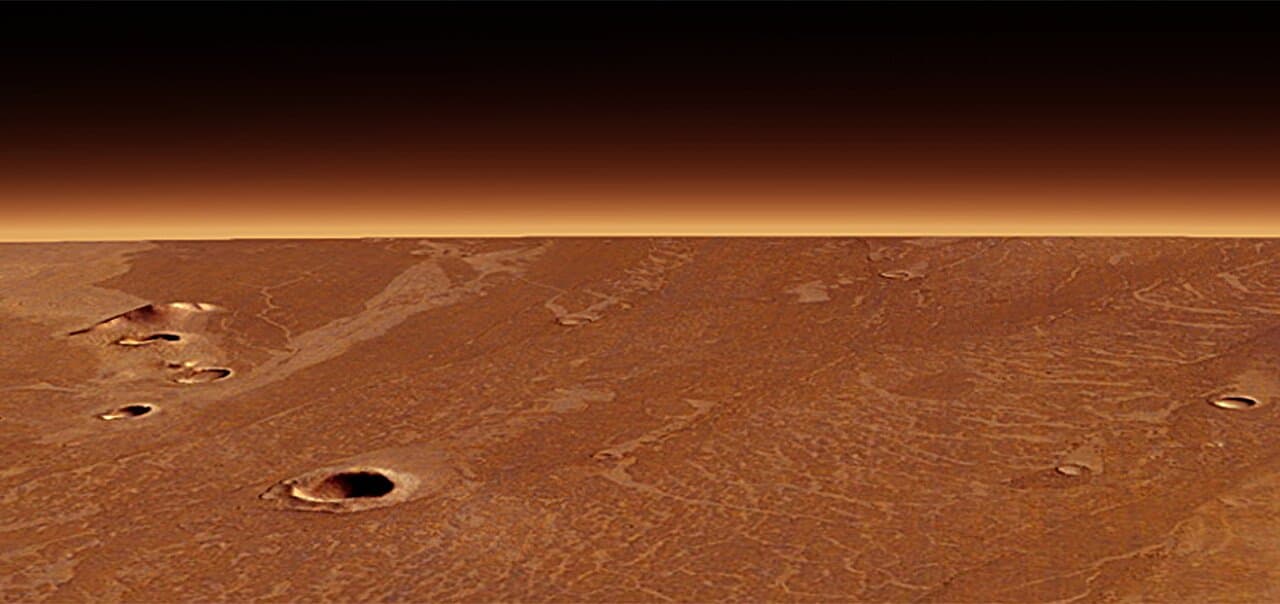
The Hubble Space Telescope as seen from the departing Space Shuttle Atlantis, flying Servicing Mission 4 (STS-125), the fifth and final human spaceflight to visit the observatory. (c) NASA
Now this is something that doesn’t happen everyday, especially from behalf of one of the most paranoid and money-gobbling organizations in the world, an US intelligence agency. According to a recent press release from NRO, the secretive government agency that flies spy satellites, two such functional and high-capable spy satellites were handed over to NASA as gifts. Both are at least just as powerful and big as the Hubble telescope, the civilian space telescope whose findings we’ve all come to know and love.
It’s an extremely surprising feat of technology transfer, from military to civilian purposes, one which may have caught even NASA off guard – I’ll detail why, soon enough. The telescopes were built by private contractors for the National Reconnaissance Office, one of 16 U.S. intelligence agencies. Each have 2.4-meter (7.9-foot) mirrors, just like the Hubble, but they have 100 times the field of view.
“It’s great news,” said NASA astrophysics director Paul Hertz. “It’s real hardware, and it’s got really impressive capabilities.”
Why would the intelligence agency decide to simply give these away? A spokesmen for NRO offered some insight.
“They no longer possessed intelligence-collection uses,” Loretta DeSio said of the telescopes.
She confirmed that the hardware represents an upgrade of Hubble’s optical technology.
“The hardware is approximately the same size as the Hubble but uses newer, much lighter mirror and structure technology,” DeSio said. She added, “Some components were removed before the transfer.”
Which components? “I can’t tell you that,” she said.
In other words, the telescopes, built in the late 1990s and early 2000s, are now technologically outdated, at least for intelligence operations, despite being just as powerful as Hubble. Now that something that’s worth taking into consideration. Moreover, these telescopes worth hundreds of millions of dollars have never seen operation! Instead they’ve been shelved in a warehouse somewhere, of course, classified. And they might find themselves, yet again, blocked in a warehouse, since NASA, on a string budget, doesn’t have the necessary cash to fit them.
The telescopes are space qualified in broad terms, but they’re a long way from being functioning space telescopes, as most of the required instruments for them to become fully compatible civilian space telescopes are missing. Of course, these also need to be launched, tested, safety inspected, manned by an operational staff on the ground and a slew of other logistics. Using plausible budgets, 2024 would be the earliest date to launch one of the two telescopes unless the agency received additional funding from Congress. “Any dates earlier, like 2019 or 2020, is if money is no object,” Hertz said.
A big chunk out of NASA’s budget is currently being directed towards the development and deployment of the highly anticipated James Webb Space Telescope; a massive, cutting-edge space telescope designed to orbit 1 million miles from Earth, where it would observe the mid-infrared portion of the electromagnetic spectrum. This would make it capable of gazing through some of the earliest forms of the Universe. It’s not going to be on until at least 2018, more than four years past the original launch target, and its projected cost is nearing $9 billion.
Nevertheless, it’s still nice of the US intelligence agency to throw a bone down NASA’s way, though if they had added 1% of their budget as well to actually get them into space that would had been incredible. Seriously, this is an incredible gain for NASA, especially in the light of the imminent downfall of the Hubble, which is nearing the end of its designed operational life. Maintenance past its service life is extremely expensive, and short of shuttles, means the Hubble telescope will most likely wash up at the bottom of the Pacific in only a few years time.
Story via Washington Post









